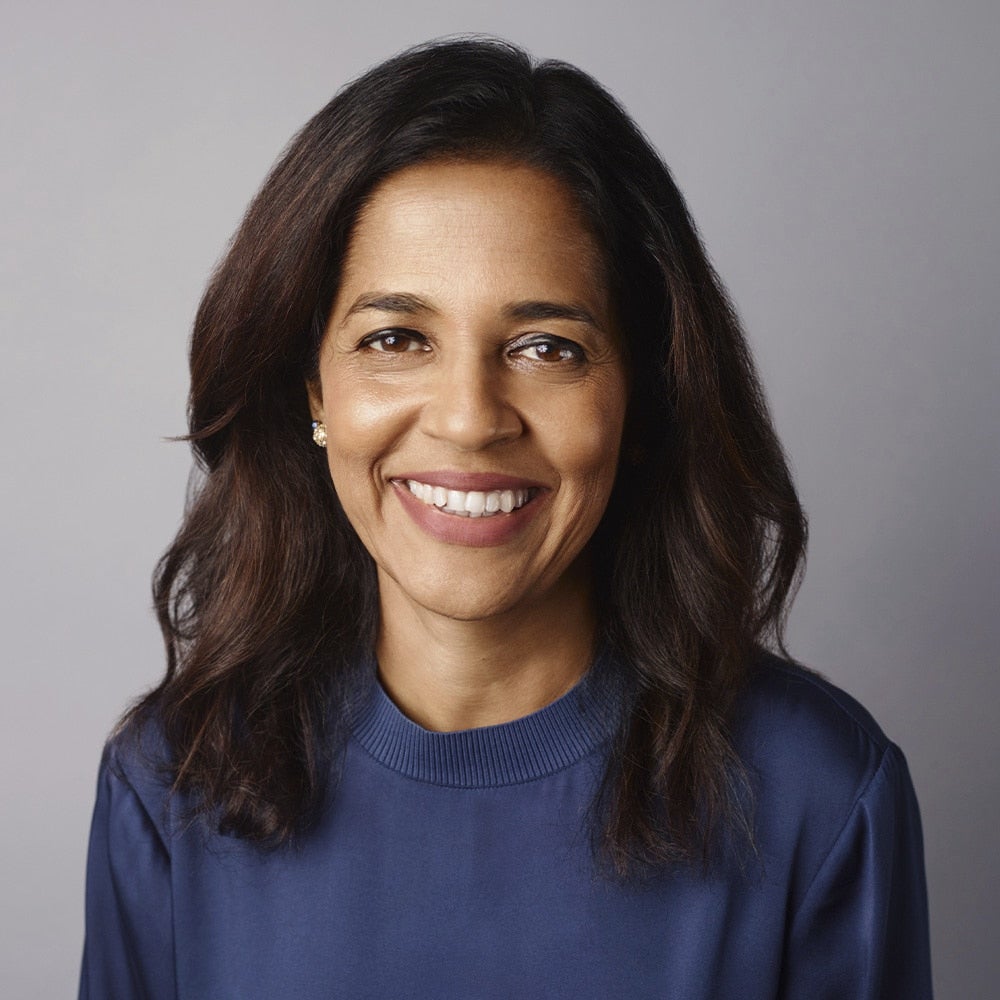

Revathi Advaithi 是伟创力首席执行官。作为客户首选的领先端到端制造合作伙伴,伟创力致力于帮助市场领先的品牌设计、采购、制造、交付和管理产品,以构筑更美好的世界。
自 2019 年以来,Advaithi 女士领导伟创力遍布 30 个国家/地区的员工进行转型,以定义制造业新时代。在她的领导下,伟创力专注于推动各个行业和终端市场的技术创新、供应链弹性和负责任的可持续制造解决方案。
在加入伟创力之前,Advaithi 女士曾担任 Eaton 电气事业部总裁兼首席运营官,也负责公司在欧洲、中东和非洲地区的业务。任职期间,她还领导了多项战略计划,包括数字技术转型和全球分布的创新中心。
除了在 Eaton 公司工作,Advaithi 女士还在 Honeywell 工作了六年,在制造、采购、供应链和采购部门担任领导职务。
她因大力倡导公私部门合作推动制造业发展而广受赞誉,她因此先后被美国总统任命为贸易政策和谈判咨询委员会委员,以及供应链竞争力咨询委员会委员。Advaithi 女士还曾是世界经济论坛 (WEF) 先进制造业首席执行官社区的联合主席,以及 WEF 首席执行官气候领袖联盟成员。
她目前是优步、Catalyst.org 和麻省理工学院总裁首席执行官咨询委员会的董事,还是商业圆桌会议组织 (Business Roundtable) 和“Catalyst 首席执行官助推变革”组织的成员。Advaithi 女士曾入选《财富》“最具影响力商界女性”,并荣登首届 CNBC Changemakers: Women Transforming Business 榜单。
她拥有印度 Pilani Birla 技术与科学学院的机械工程学士学位,并拥有 Thunderbird 全球管理学院的 MBA 学位。
